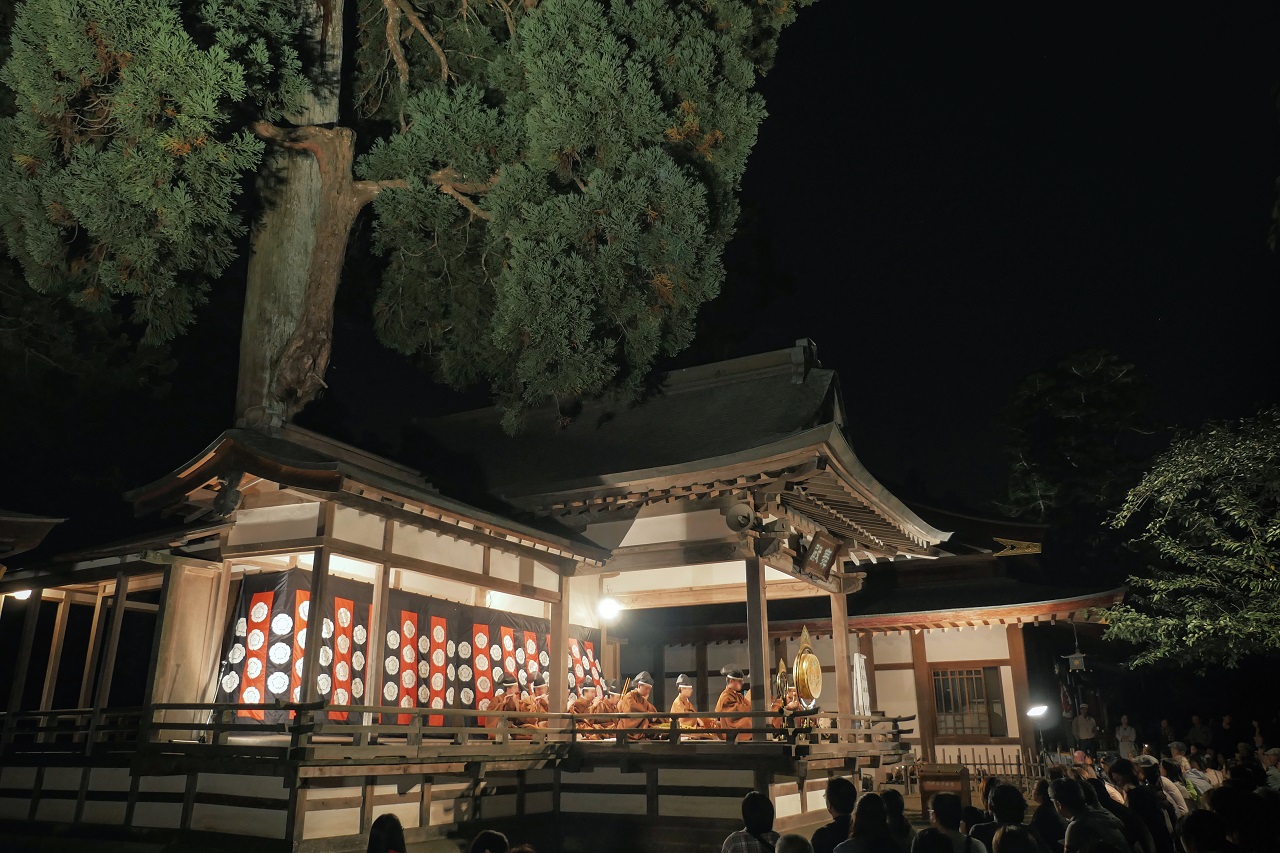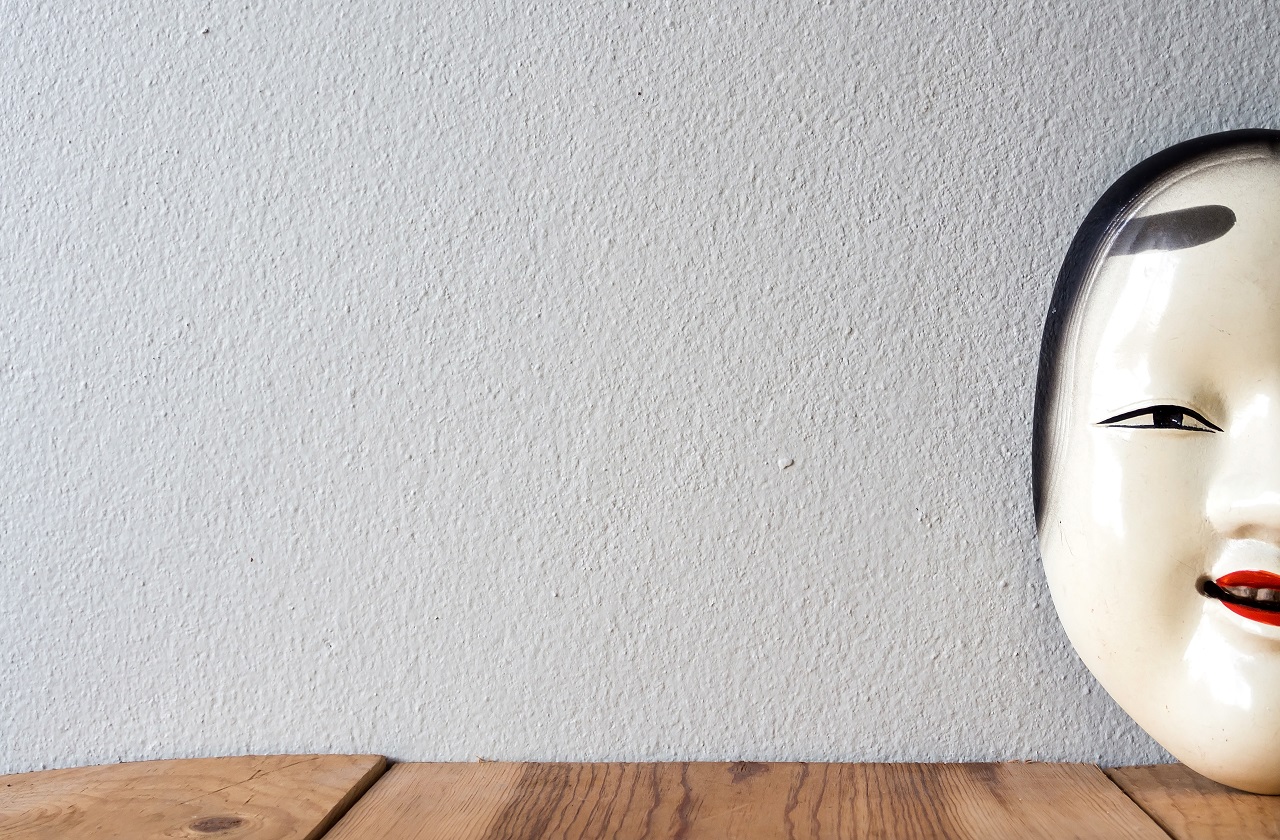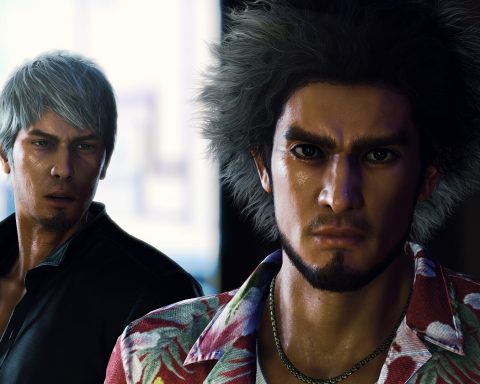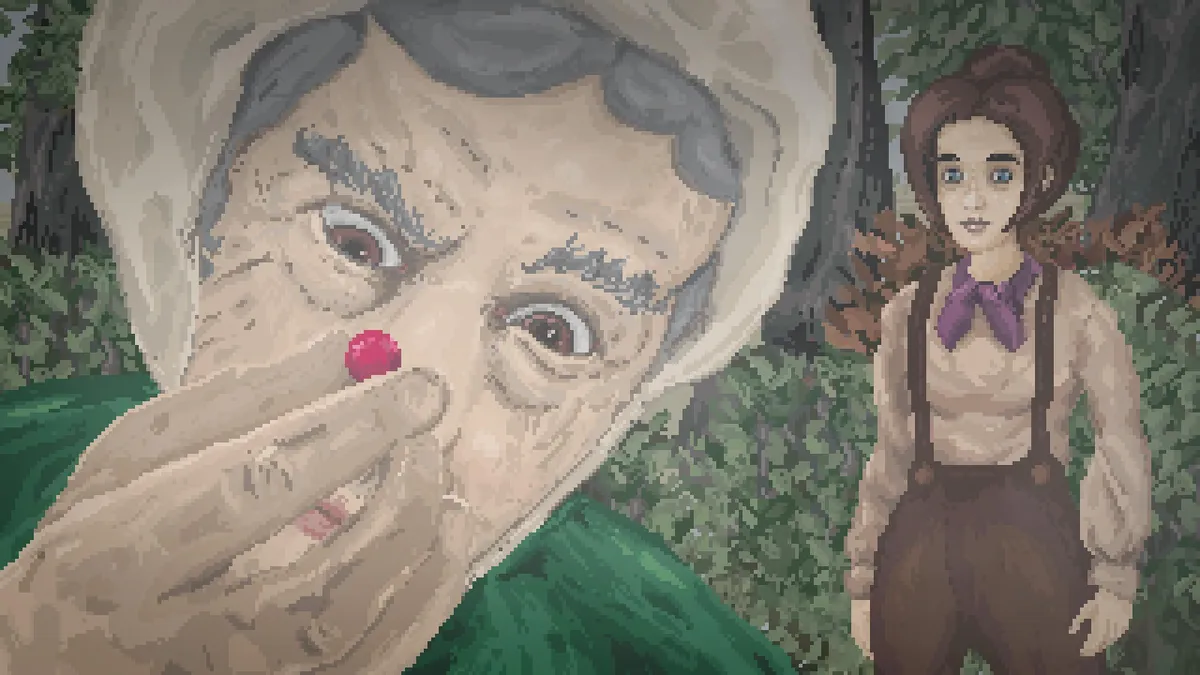Most people with a casual interest in Japanese culture are aware of kabuki theatre on some level. Even if they’ve never witnessed a performance, the mannerisms and make-up of kabuki theatre are one of Japan’s great artistic exports.
Noh is to kabuki what opera is to Andrew Lloyd Webber musicals, or Greek tragedies are to most modern theatre. Noh is an ancient art form, closing in on 700 years old now in its current form (it’s generally credited to Kiyotsugu Kan’ami, born 1333 and his son, Motokiyo Zeami, who adapted it from an even earlier form of theatre). It’s also an art form that has stubbornly refused modernisation, continues to be performed in an older form of the Japanese language that even well-educated people struggle with, and there aren’t that many new plays that get written. Unlike with Shakespeare, artists are not encouraged to try their hands at modern interpretations of Noh (kabuki tends to be the more experimental space), and for reasons that we’ll get into, you need a specific set of performance skills to be a Noh performer – and that can make broadening the career into more money-earning fields like cinema and television more difficult (though not impossible).
Outside of the masks that performers wear, which do show up sometimes in horror films and games because they can look quite creepy when presented in a certain way, relatively few westerners have much exposure to Noh, let alone an understanding of its form of theatre. And often those masks are mistaken for kabuki props. It’s truly understandable that Noh is not familiar to audiences, as it is esoteric and difficult in the extreme, but – and I’m sure that this will come as no surprise to many readers of this here Website – Noh is downright critical if you want to understand the Japanese arts, because it is perhaps the most explicit and studiable example of something core to Japanese aesthetics.
So, let’s start by talking about yūgen. This is going to be one incredible writing challenge for me because this is a word that does not translate into English well at all. Not only does the word itself not have a straight translation (and I’m not even going to try – I’m just referring to it as yūgen), but the very meaning of the word is difficult to put down into English. But, hopefully, by the end of this, I can at least give you an idea of what to be watching for if you happen to have the good fortune of watching a Noh performance. I do recommend you do so, if you can. Above and beyond the greater understanding of Japanese culture and art that comes from watching Noh, it’s the kind of art that digs deep into your very soul, and stays with you for a lifetime thereafter.
So, what is yūgen?
There are three basic branches of Japanese aesthetics, or their understanding of beauty. There is wabi (“transient and stark beauty”) and sabi (“the beauty of natural aging), and those two have often been combined in modern times to become wabi-sabi – the “imperfect, impermanent and incomplete”. To appreciate wabi-sabi is to have a mindful approach to everyday life.
Yūgen, meanwhile, is the beauty that sits underneath. The quality that can’t be seen is that which makes the thing beautiful. It’s a beauty that we can’t just sense, but also feel. As Arthur Waley wrote in his book, Noh Plays Of Japan:
“The difficult term yūgen is derived from Zen literature. It means ’what lies beneath the surface’; the subtle as opposed to the obvious; the hint, as opposed to the statement. It is applied to the natural grace of a boy’s movements, to the restraint of a nobleman’s speech and bearing. ‘When notes fall sweetly and flutter delicately to the ear,’ that is the yūgen of music. The symbol of yūgen is ‘a white bird with a flower in its beak.’
“’To watch the sun sink behind a flower-clad hill, to wander on and on in a huge forest with no thought of return, to stand upon the shore and gaze after a boat that goes hid by far-off islands, to ponder on the journey of wild-geese seen and lost among the clouds – such are the gates to yūgen.’”
In other words – you see, hear or otherwise sense it, and it’s beautiful, but it’s what’s beyond, between or beneath what you’re experiencing that really makes these experiences so powerful. That’s yūgen.
Noh is the performance of yūgen and that, in kind, makes it a potently subtle art form. As Waley again describes in his book: “Noh does not make a frontal attack on the emotions. It creeps at the subject warily”. In stark contrast to the theatrics and entertainment of kabuki (let alone cinema and modern entertainment), Noh is about a kind of internalised performance. When you’re watching a performance, you’re looking for (or, more accurately, feeling) the nuances between what you’re seeing and hearing
This is all a very (and overly) simplistic effort to define a part of Japanese aesthetics philosophy that has developed over a literal thousand years, and, obviously, entire books have done a far better job of drilling down into the complete theory and history of yūgen. However, the point here is that if you keep yūgen in mind, what you see when watching a Noh performance will start to make more sense. This is true even if you can’t understand the words which – a little like opera – aren’t necessarily the point anyway.

Noh – it’s dance and song, but… not
If you ever want to understand just how difficult translation between Japanese and English can be, consider how the absolute best words we have to describe what goes on in a Noh play is “song” (sometimes “chant”) and “dance”. These words are broadly accurate but, thanks to the nuance of yūgen, also not quite right.
In a Noh performance, the actor does indeed control their (it’s historically and still typically male actors playing every role, but one of the rare areas where Noh has modernised is in allowing women to perform on stage) voice with specific rhythms and timbre that could be defined as “song.” This is so important to the performance that, when a part of the performance calls for both vocals and particularly complex movements, there’s a chorus written into plays that takes over the vocalised part, allowing the performer to focus on movement without risk of damaging the quality of the vocals.
Meanwhile, the performer is indeed “dancing” throughout a performance, making carefully choreographed movements that are accompanied by music (a combination of a couple of drums and flute, and the footwork of the performer himself).
And yet, if you were to sit in a Noh performance expecting some kind of musical (as I must admit I did the first time, based on this way that it’s usually described), you are going to walk away very confused. And that’s because both singing, dancing (and musicals) exist in a different plane of aesthetics. The meaning of such things might be deep, of course, but the aesthetic beauty of these things is, by design, explicit. You’re meant to directly interact with something that your senses are tangibly experiencing.
Noh, meanwhile, is yūgen. and its aesthetic beauty is implicit. It is “dance” and “song” designed to exist just below your direct perception – i.e what you’re seeing and hearing isn’t what you’re finding beautiful about the performance. You’re feeling its suggested nuances rather than having a direct sensory experience.
So, do you think Shakespeare is difficult to understand because it uses antiquated language? Do you think opera is tough because it’s usually in a language you don’t understand? Do you think ballet is challenging because it conveys complex stories and meaning without words?
Now imagine a performance with potency existing unseen and beneath these things. Like an iceberg. It’s not just the meaning that’s layered; the actual thing is. I don’t write any of this to discourage people from watching a Noh performance. The whole reason I’m writing this article is to try and articulate its value and the power of it. Just understand that Noh is difficult and that first performance is likely to confuse you. Take it as a learning experience, though, and continue watching them with the understanding that they’re quite unlike other performance art, and at some point, you’ll come to appreciate that Noh, quite literally, is something so special that it defies words.
How to watch Noh
It goes without saying, I think, that Noh really needs to be seen live for the full impact of its qualities to strike home. Noh actors spend their lifetimes honing a craft that really doesn’t apply to any form of performance outside of Noh, but is specifically designed to be witnessed in a live setting. There’s a big metaphorical wall in place if you’re there to witness it directly. However, Noh groups don’t exactly tour the world and, as another wonderful quirk of the art form, a very specific theatre layout means that Noh can only really be performed in specifically-designed Noh theatre spaces. It’s not the most accessible form of theatre.
It might be a secondary experience, but there are videos of Noh performances readily available online, which will give you a sense of what it looks like, at least. Though this doesn’t necessarily address the language issue, of course, and even in a televised version of a Noh play, if you’re watching subtitles you’re diminishing the experience (and beyond that I don’t think I’ve ever seen a subtitled Noh performance).
However, there is a solution here. To understand the stories themselves, there is an excellent book of translations of the “best of” Noh plays. Arthur Waley – who I mentioned above – did an exceptional job in translating difficult material, and reading through the plays translated in Noh Plays Of Japan before watching a performance is the best way to understand the broad narrative of what’s going on on stage and allowing you to focus on the performance, rather than the specific words. In this, it’s a little like the best way to experience an opera is to simply read the synopsis in a programme before sitting down to the performance.
One final note: Noh is arguably the best way to “see” (perhaps “experience” is the better word) yūgen in action, but as you come to an understanding of it, you will start to realise that it is an aesthetic philosophy that informs just about every Japanese artist in every medium, whether consciously or not, because it is an ingrained, and cultural, understanding of how allusion and implication work in art and aesthetics. This is true even of video games.
For a really simple example: consider the aesthetics of racing games. Do you want to know what the real difference between Forza and Gran Turismo is? The most recent titles in both properties are near-perfect mechanically, and both games are almost the same structurally, in that they give you the chance to hoon around race tracks in your favourite real-world cars. At a very fast pace.
And yet, they are so very different.
The difference is that the most recent Gran Turismo (GT7) brings yūgen to the racing experience, and finds beauty and elegance in racing that is, for want of a better word, dance-like and allusive in its aesthetic grace. Meanwhile, Forza brings traditional western energy and bombast to the racing experience. Now, consider that this is racing that we’re talking about – a genre that isn’t exactly known for deep-and-meaningful artistry, beyond the technical quality of the car renders and on-track sense of speed. Just imagine the dynamics when you’re looking at Japanese artists that are explicitly aiming to craft art. That’s how prevalent yūgen is in Japanese art.
The better you understand yūgen, the more you’re going to love everything from traditional Japanese paintings to the most fanservicey of anime. That journey towards a deeper appreciation of all things to do with Japanese art can – and indeed should – start with Noh.
This article was originally published in the March 2022 edition of the Dee Dee Zine. As we are no longer publishing the magazine (read here for more information) we have decided to republish the articles from the magazine to the website to continue to make them accessible. Enjoy!












Beautiful article, man. One of your best. I never thought anyone would inspire me to find poetry in Gran Turismo!
Thank you very much! I really did enjoy writing this one a great deal myself. I’m glad it was interesting to people! 🙂